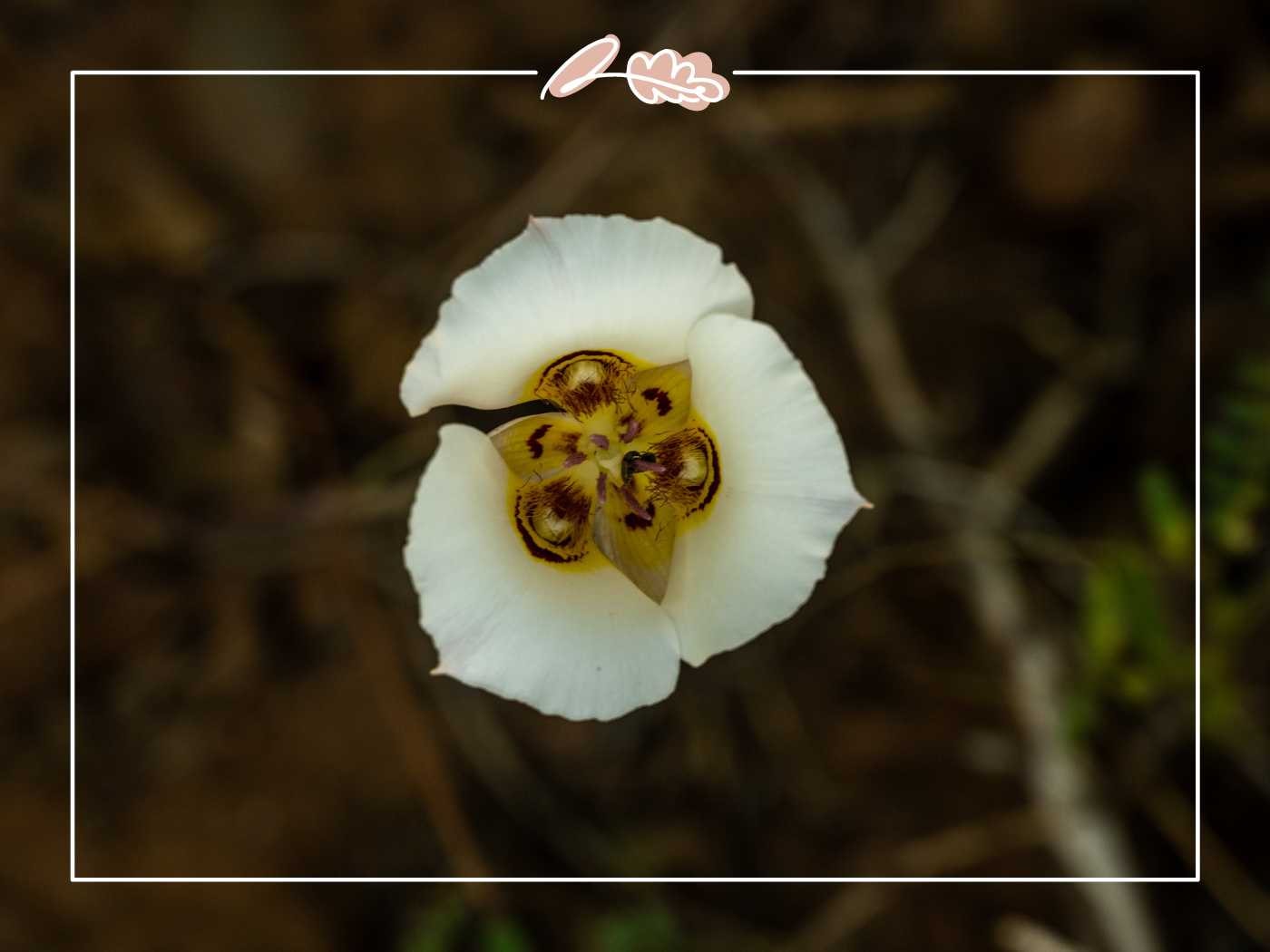Fascinating Fun Facts About Flowers | Fabulous Flowers
UPDATED JULY 2024
Flowers captivate us with their beauty and fragrance, but there's much more to them than meets the eye. Explore the fascinating world of flower lore and gain a fresh appreciation for these remarkable plants. Many flowers have such interesting characteristics and traits about them that one hasn't heard of before.

The World’s Largest Flower
The titan arum, flowering plant also known as the corpse flower, holds the title of the world’s largest flower. Its blooms can reach up to 10 feet high and 3 feet wide, and it emits a smell of decaying flesh to attract pollinators.
The Lily Flower’s Symbolism
Lily flowers are often associated with purity and refined beauty. In ancient Greek mythology, lilies were believed to have sprouted from the milk of Hera, the queen of the gods. Today, they are a popular choice for weddings and funerals, symbolising the circle of life.
The Saffron Crocus: An Expensive Delight
The saffron crocus produces the most expensive flower and spice saffron, derived from its delicate red stigmas. Saffron is highly valued for its unique flavour and vibrant colour, making it one of the most expensive spices in the world.

Gerbera Daisies: Symbols of Cheerfulness
Gerbera daisies are known for their bright, cheerful colours and large blooms. These flowers symbolize innocence, purity, and happiness, making them a popular choice for joyful occasions.
The Diversity of Flowering Plants
Flowering plants, or angiosperms, make up the largest group in the plant kingdom, with over 300,000 species. They come in an astonishing variety of shapes, sizes, and colours, showcasing the incredible diversity of the plant world.
Unique Flower Facts
Roses are related to apples, raspberries, peaches and cherries, highlighting the botanical connections within the plant kingdom.
Tulip bulbs were once so valuable in 17th-century Holland that they were worth more than gold, leading to the economic phenomenon known as "Tulip Mania."
Ancient civilizations burned aster leaves to ward off evil spirits, demonstrating the cultural significance of flowers throughout history.
Tulip bulbs can be substituted for onions in recipes, showcasing their versatility beyond ornamental use.
Chrysanthemums are associated with funerals in Malta and considered unlucky, reflecting the cultural differences in flower symbolism. Read more on Flower Symbolsim in this blog.

Almost 60 percent of fresh-cut flowers grown in the U.S. come from California, a testament to the state's ideal growing conditions and advanced horticultural practices.
The lotus was considered a sacred flower by ancient Egyptians, symbolising resurrection and eternal life due to its ability to bloom in waterlogged conditions and revive after dormancy.
Scientists discovered the world’s oldest flower, Archaefructus sinensis, in northeast China. This ancient flower bloomed around 125 million years ago and resembles a water lily flower.
The juice from bluebell flowers was historically used to make glue, showing the practical applications of floral elements.
Foxglove, named from the belief that foxes slipped their feet into the plant leaves to sneak up on prey, also has medicinal properties used in heart medications.
Dandelions, often seen as weeds, are a good source of vitamins A and C, iron, calcium, and potassium. They can be used in salads or sautéed for a nutritious meal.

Marsh marigold flower buds are pickled as a substitute for capers, adding a unique twist to culinary dishes.
Sunflowers exhibit heliotropism, moving throughout the day to face the sun, maximizing their exposure to sunlight.
Moon flowers bloom only at night, closing during the day, making them a captivating and attractive addition to night gardens.
Flowering nicotiana is related to tobacco, showcasing the diverse uses of plants within the same botanical family.
Gas plants produce clear gas on humid, warm nights that can be ignited with a lit match, adding an element of intrigue to these plants.

The Sego Lily Plant helped Mormon pioneers survive in the Salt Lake Valley by providing a vital food source. This plant is now the state flower of Utah.
Arrowroot, derived from Marantha arundinacea, was historically used to treat poisoned arrow wounds and is now used as a thickening agent in cooking.
Angelica was used in Europe to cure ailments from the bubonic plague to indigestion and was believed to ward off evil spirits.
Blue cohosh, known as squaw root or papoose root, was used by Native American women to ease childbirth.
During the Middle Ages, lady’s mantle was believed to have magical healing properties.
Achilles’ mother dipped him in a bath of yarrow tea, believing in its protective qualities. Yarrow was used during World War I to heal soldiers’ wounds due to its healing properties.

Fun Flower Facts for Kids
Carnivorous Plants
Carnivorous plants like the Venus Fly Trap get nutrition from eating insects. The Venus Fly Trap has thick leaves covered with small hairs that snap shut when an insect lands on them, trapping the insect and digesting it over a few days.
Asters and Ancient Practices
In ancient times, people burned aster leaves to ward off evil spirits and serpents.
Celebrity Roses
Some roses are named after celebrities, including Rosie O’Donnell, Whoopi Goldberg, and Barbara Streisand.

Edible Broccoli Flowers
Mom might tell you to eat your veggies, but did you know broccoli is technically a flower? The green florets on broccoli stalks are actually immature flowers that would open into tiny yellow flowers if left to grow.
Victorian Floral Language
During Victorian times, flowers were used to communicate feelings or thoughts. For example, a pink carnation meant, “I’ll never forget you,” while a striped carnation said, “No, I can’t be with you.” A purple hyacinth meant, “I’m sorry,” while a yellow one meant, “I’m jealous.”
Lavender's Relaxing Properties
Lavender is a beautiful purple flower native to the Mediterranean region, known for its relaxing scent. In medieval times, lavender was used to treat illnesses and ward off head lice, cholera, and even the plague.

Air-Growing Orchids
Many orchids don’t need soil to grow; they can get all the nutrients they need from the air instead.
Moon Flowers' Nocturnal Beauty
Moon flowers bloom only at night, closing during the day. Their night-blooming nature makes them unique and adds to the charm of spring and evening gardens.
Sunflowers' Toxic Defence
Sunflowers produce substances that are toxic to other plants. Other plants growing around sunflowers may slowly die due to this natural defence mechanism.
Nutritious Dandelions
Dandelions are highly nutritious, with leaves and flowers that are a good source of iron, vitamin A, and potassium. Dandelion leaves improve the skin’s appearance and cleanse the liver.

The Timeless Charm and Utility of Flowers
Flowers are not only beautiful but also rich in history, culture, and practical uses. From their roles in ancient rituals to their surprising edible qualities, flowers continue to fascinate and enrich our lives. Whether admired for their beauty, used for their medicinal properties, or enjoyed for their unique traits, flowers hold a special place in our hearts and our history. Explore the enchanting world of flowers and discover the many wonders they offer.












